Why grandma was right: unforgettable tips for everyday cooking
Grandma DOES know best
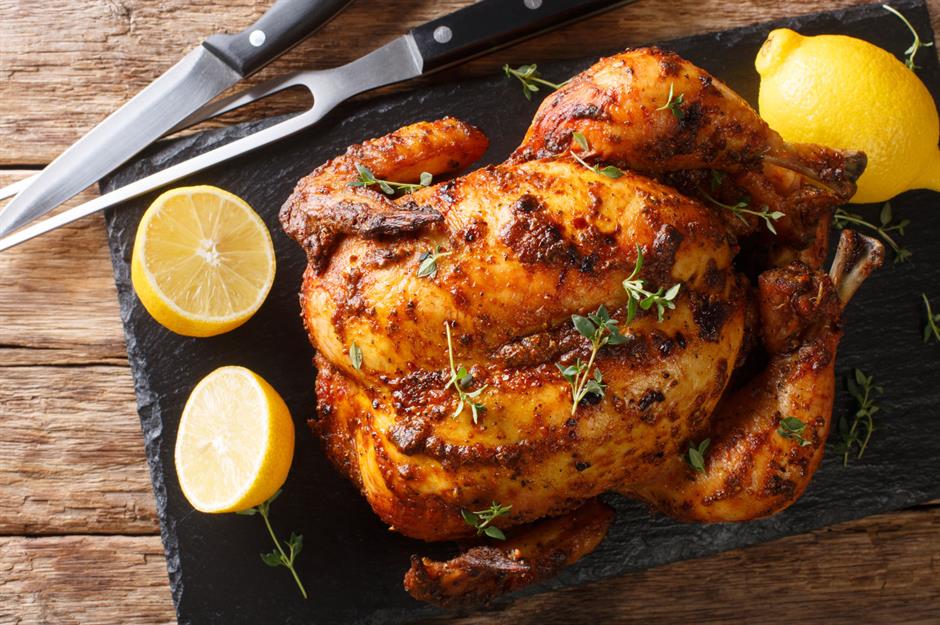
We could all take a leaf out of grandma’s cookbook from time to time. Generations that survived wartime rationing and previous cost of living crises are likely to have some stellar cooking advice to share, whether it’s on avoiding food waste, whipping up exceptional loaves of bread and cakes, or feeding a crowd for less. Here, we've ranked the old-school tips and handy hacks that prove grandma always knows best.
Click or scroll through our gallery to discover 52 timeless cooking tips we should never forget, counting down to the most useful of all.
52. Use lard for perfect pastry
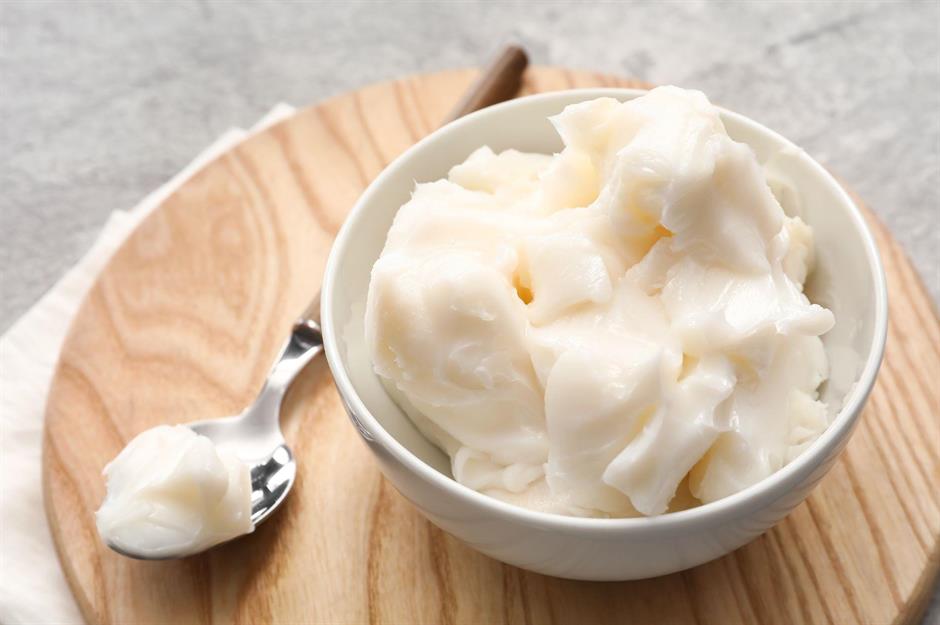
Grandmas know that fat is one of the biggest secrets to delicious food, and lard (a semi-solid white fat produced by rendering the fatty tissue of a pig) is a real retro favourite. These days it isn’t something you’ll find in many kitchens, but at one point lard was used in a similar way to butter in North America and Europe. However, with the rise in popularity of vegetable fats, it fell out of favour – which is a real shame, because it makes the most deliciously crisp, flaky pastry. Next time you’re baking, make the pastry using half butter and half lard. You won’t regret it.
51. Make soda bread if you need something speedy
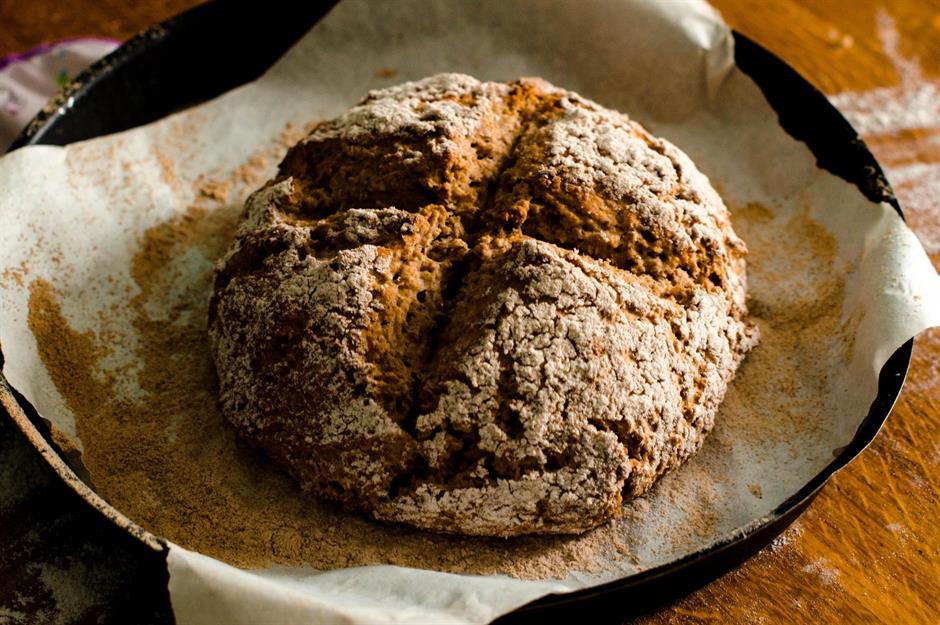
Need bread that’s ready in a flash? Why not try Irish soda bread? A recipe beloved by countless grandmas, it’s super quick to make as there's no yeast: it's just flour, buttermilk and baking soda. It's best to make it on the day you want it; however, the leftovers would make perfect toast. It's delicious served with lashings of proper butter.
50. Use a wooden spoon
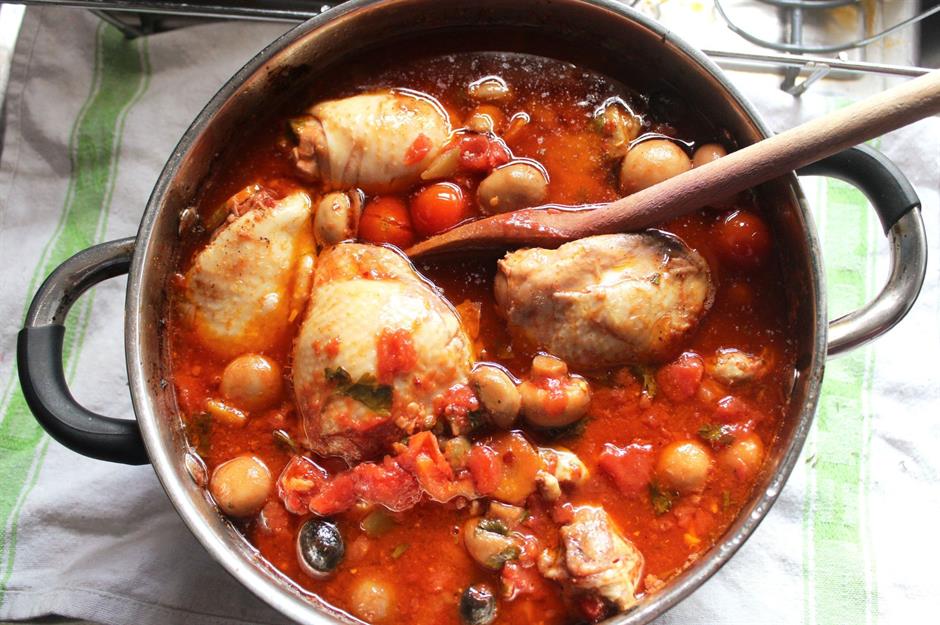
There are plenty of good reasons why grandma always stirred her cooking with a wooden spoon. Not only are wooden spoons gentler on your cookware than metal utensils, but they’re also suitable for a wide range of tasks, from stirring and scraping to serving. Wooden spoons also don’t react with acidic foods like metal ones can – plus, they're extremely durable and can last for many years with proper care.
49. Roast potatoes in hot fat
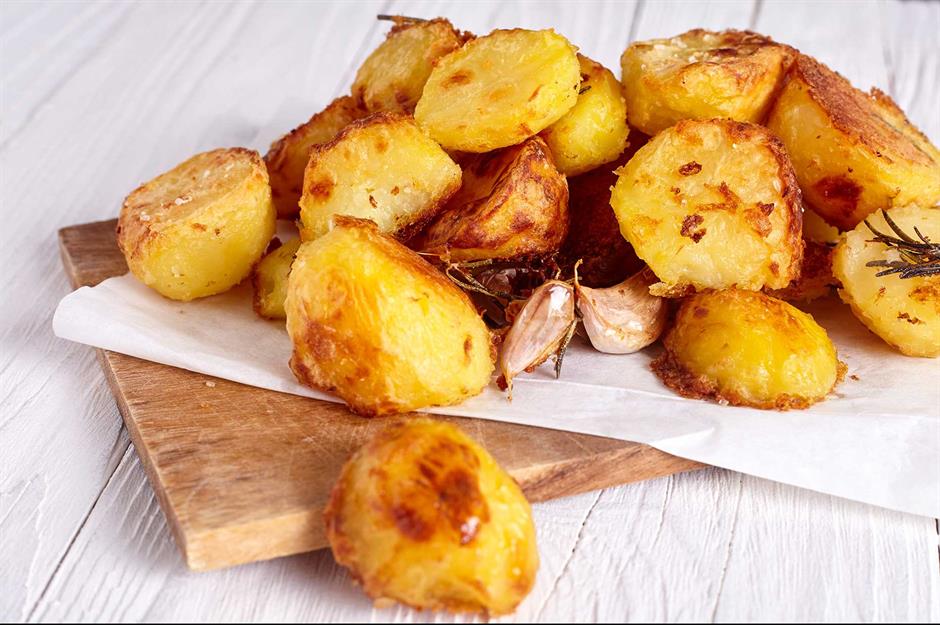
Grandma’s tip for making crispy, fluffy roast potatoes is to heat a dish containing fat in the oven first, then allow it to get incredibly hot before the potatoes go in. Goose or duck fat works well, as it gives the spuds a more luxurious flavour and crisper finish than oil. Simply drop the parboiled potatoes in – the sizzle means it's working.
48. Use leftover pastry for cheese straws
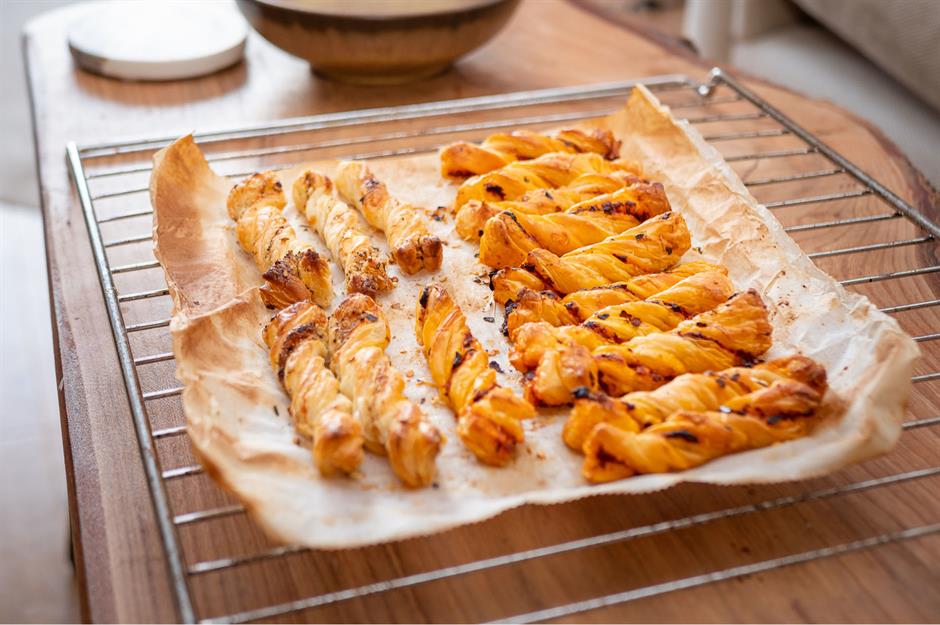
Grandmas are experts at using up leftover food. If you’ve made a pie, don’t throw out the pastry scraps. Instead, gather the dough together, roll it out, sprinkle it with cheese, give it another roll, then cut it into strips. Bake until golden, then serve your cheese straws with soup or as a snack. You could also use up leftover pastry by making a small batch of jam tarts or a savoury turnover.
47. Keep your vegetable scraps
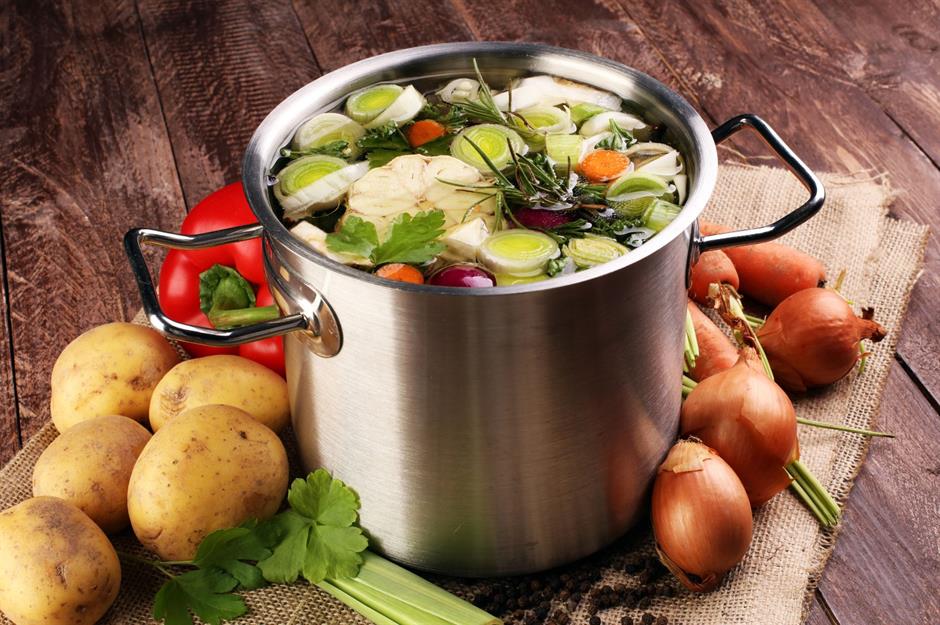
Grandmas know how to be thrifty and use every part of the ingredient up, and that goes for vegetable peels and scraps, too. These can be thrown into a big pot of boiling water and aromatics to create the ultimate homemade vegetable stock. Don't have masses of scraps? You can store them in the freezer until you have enough to make a broth.
46. Don't cook fresh herbs
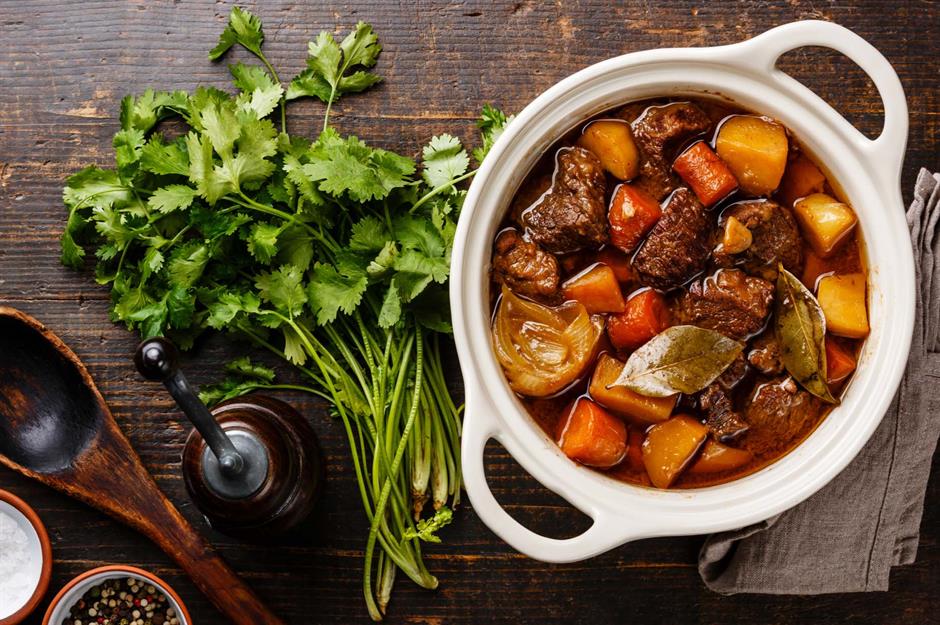
If you add fresh herbs to a bubbling pot, they'll lose their delicate, aromatic flavour. Instead, wait until the dish is cooked, then sprinkle them on top. The only exception is if your recipe asks for a bouquet garni – a tied-up bunch of bay leaves, thyme and parsley (complete with stalks). This should be cooked in the sauce to add more flavour, then removed at the end.
45. Never boil a stew, soup or stock
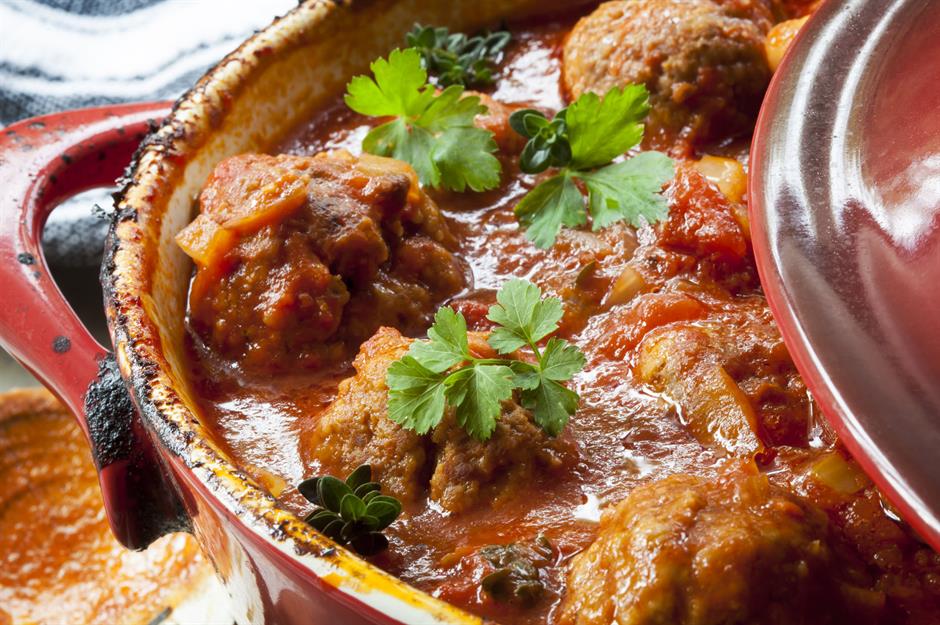
One thing you’d never catch granny doing is letting stew bubble aggressively on the hob. While the dish is relatively hands-off, you'll still need to check on it every now and again to give it a stir, make sure it's simmering and keep the bottom from scorching.
44. Use cheese ends in mac ’n’ cheese
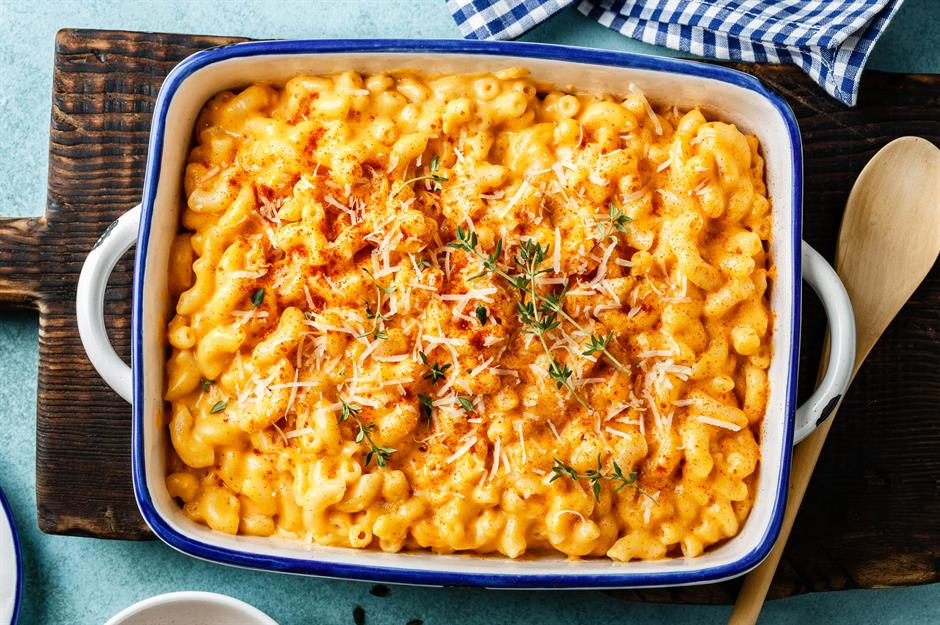
Grandma never throws out a thing, and you can be sure this applies to random bits of cheese. Here’s an idea: crumble them all into mac ’n’ cheese for extra flavour and less waste. You can also use cheese rinds to enrich cheese sauces, risottos and stews.
43. Cook your pasta in stock
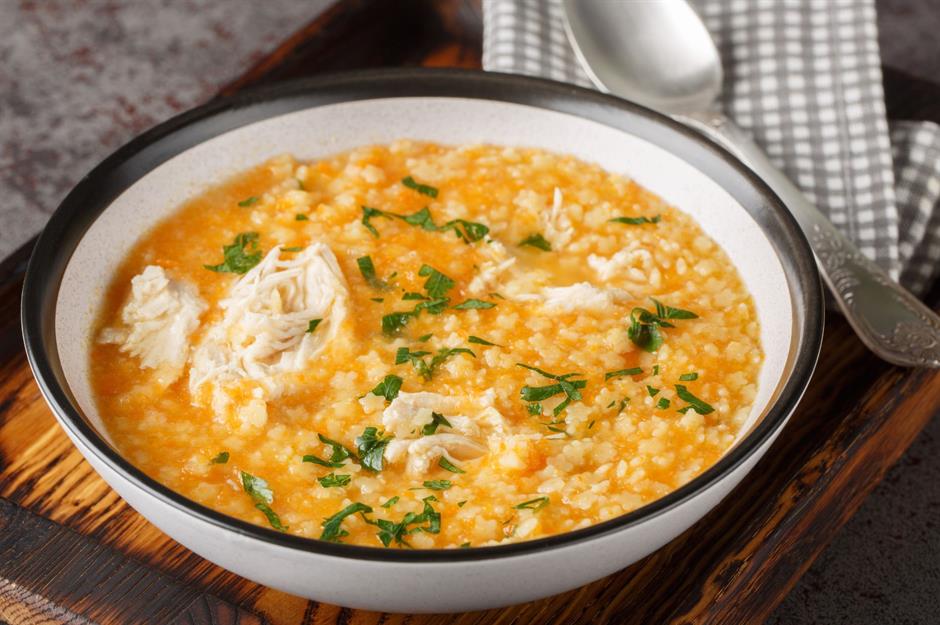
Who can remember being passed a warming bowl of brothy, star-shaped pastina any time you felt under the weather? An Italian comfort food, this simple pasta dish feels like a giant hug in a bowl, and it’s really easy to make. Simply cook the pastina (or any pasta shape of your choice – the smaller, the better) in homemade stock and butter. Once al dente, add a handful of grated Parmesan and enjoy.
42. Try flour for the crispiest bacon
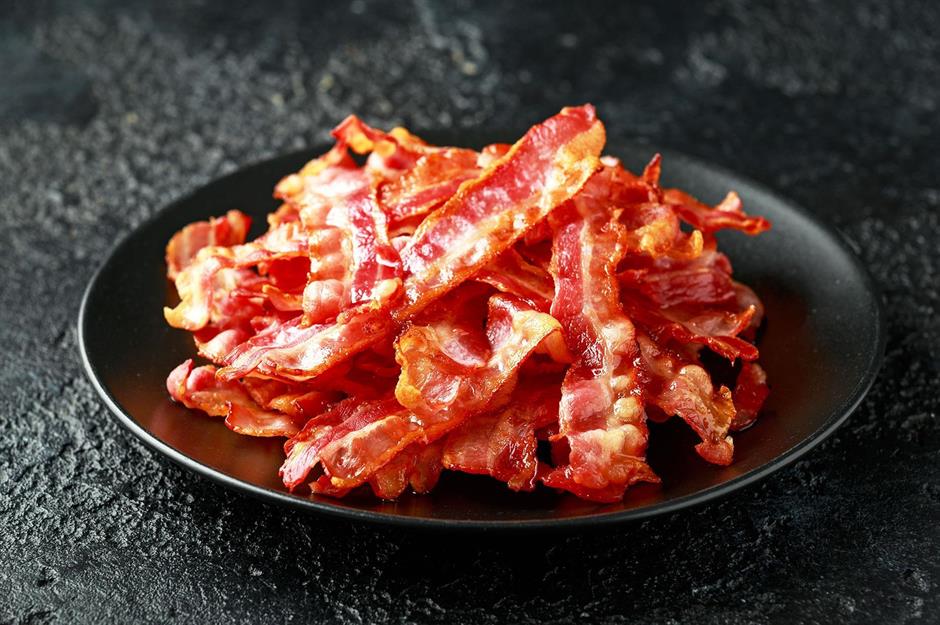
This handy bacon hack has experienced something of a resurgence on TikTok recently, but it's a thoroughly old-school trick. To make your bacon extra crispy, lightly dust your rashers with a thin layer of plain flour before frying or grilling. The flour absorbs some of the bacon's natural fat as it cooks, helping it to crisp up more evenly.
41. Transfer sugar into airtight containers
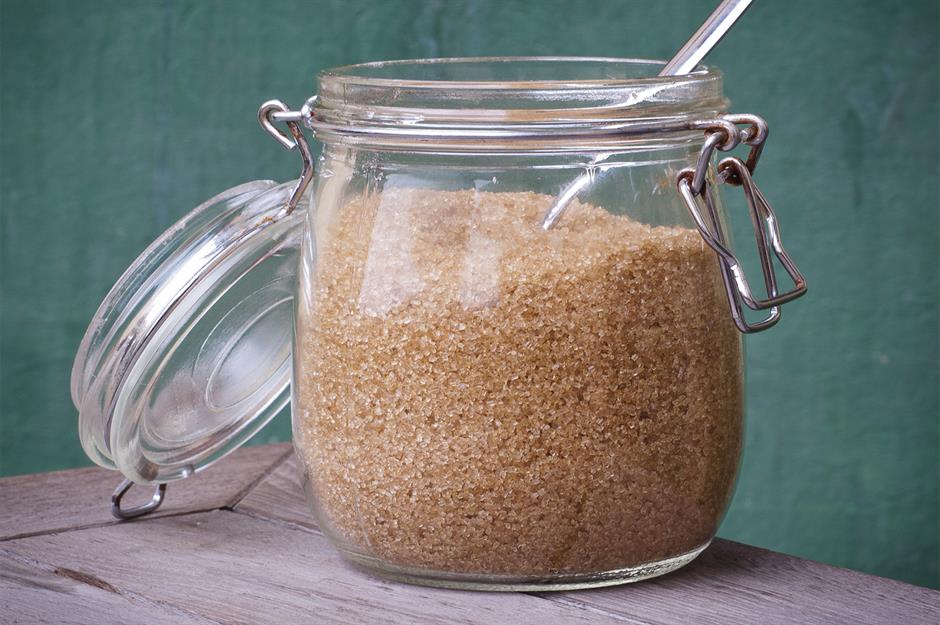
Fed up with your sugar turning clumpy and hard? This never happens to grandma, because she keeps it in an airtight container. Brown sugar dries out and clumps together when it's been exposed to too much air. For white sugar, too much moisture causes the same reaction. Either way, store your sugar in a tightly sealed mason jar to solve the problem.
40. Don’t overdo the cheese
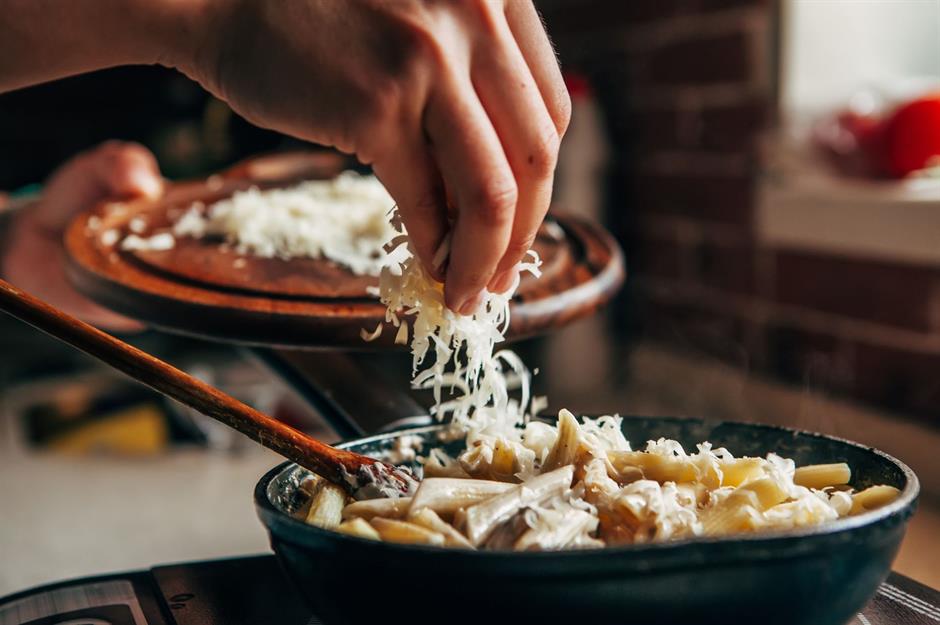
It’s very easy to get carried away when adding cheese to a dish, but Italian nonnas know the meaning of ‘less is more’, allowing cheese to enhance a dish without overwhelming it. Old-school Italian cooks believe cheese should be a finishing touch rather than a main ingredient (unless, of course, it's a dish meant to highlight it, like lasagne or a cheesy pasta sauce). So, next time you’re reaching for the Parmesan, remember a light dusting is often all you need.
39. Use warming spices to add depth to savoury dishes
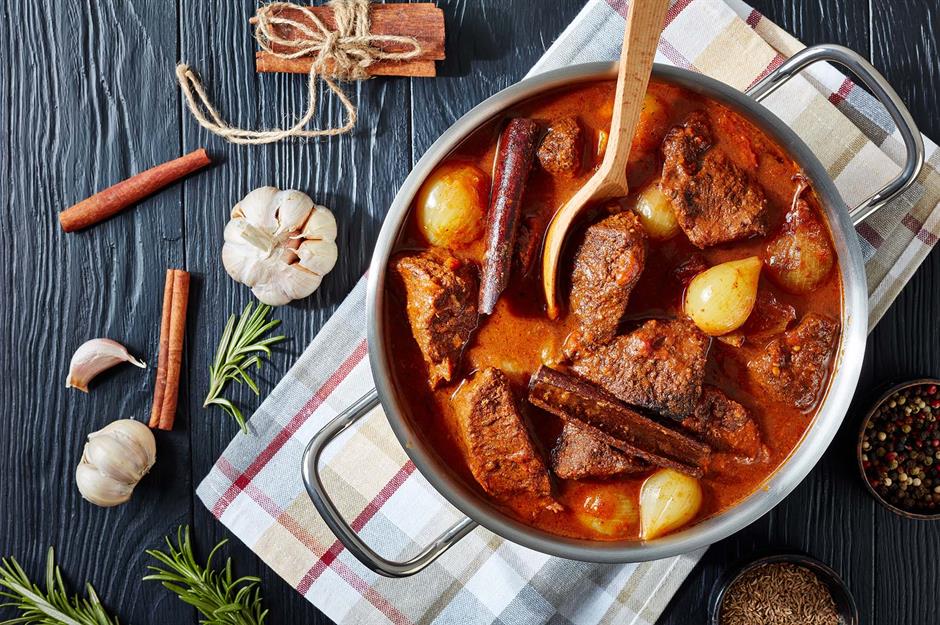
Grandmas everywhere have known for generations that the secret to unforgettable flavour lies in warming spices. These aromatic staples – think cinnamon, clove, nutmeg and allspice – don’t just add heat; they build depth and complexity in both savoury and sweet dishes. In Mexico, for instance, cinnamon and clove find their way into rich stews and moles, giving them a subtle warmth that lingers on the palate. Meanwhile, in Italy, a pinch of nutmeg is almost essential in béchamel sauce (for lasagne) or mixed into ricotta fillings for ravioli, cannelloni or tortellini.
38. Separate the eggs for fluffy flannel cakes
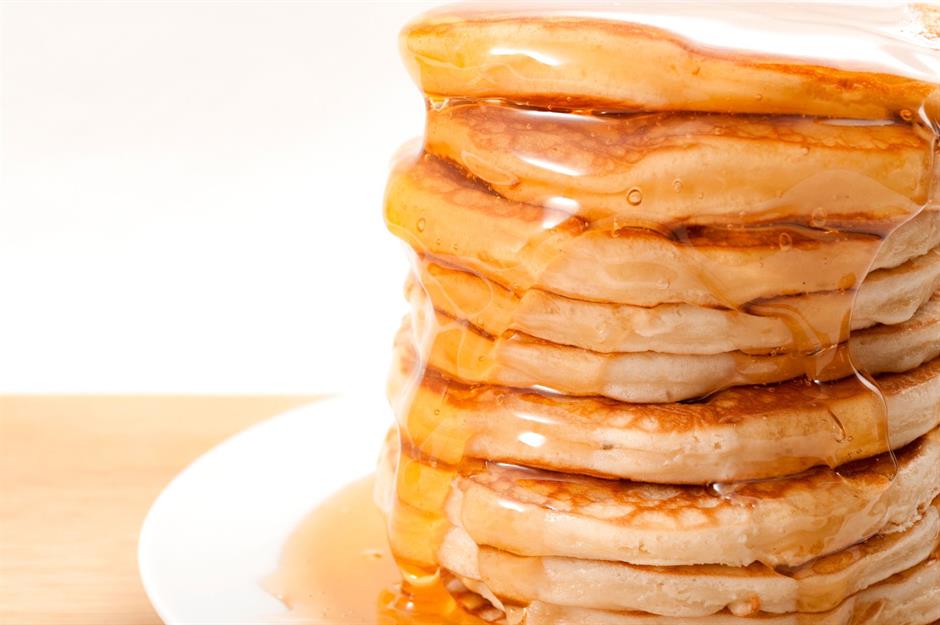
The tinier, tastier sibling of the pancake, flannel cakes are small, round and extremely fluffy. This delicious breakfast has been eaten across Appalachian America for centuries, so it comes as no surprise that flannel cakes happen to be a grandmother's favourite too. To get that airy-centred consistency, the key is to separate the eggs. Combine your usual pancake ingredients – except the egg whites – together. In a different bowl, whip the whites to billowing peaks, then gently fold them into the batter. Fry as usual and serve with maple syrup and butter.
37. Tenderise meat with baking soda
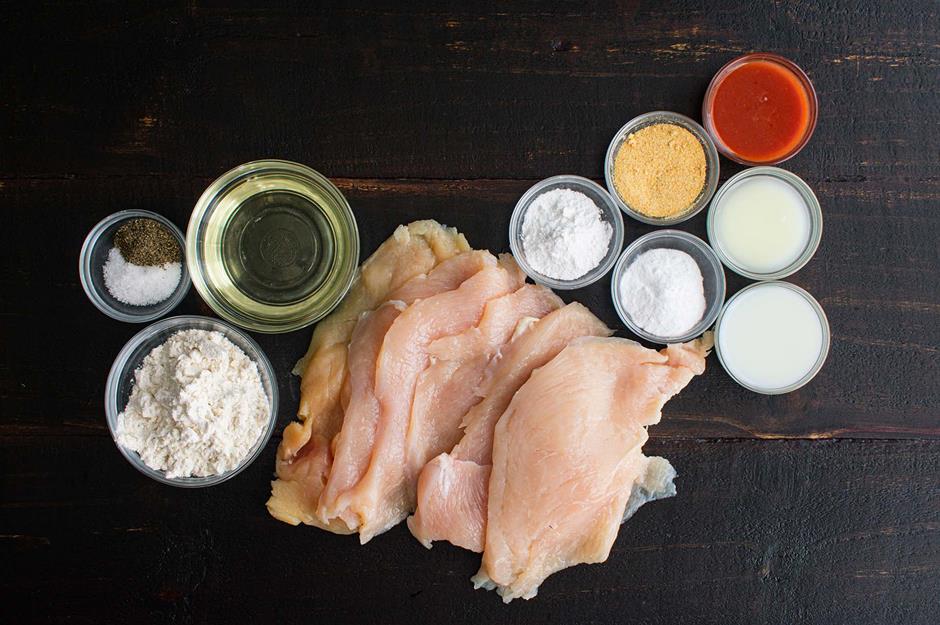
Velveting is a time-tested method that makes even tough cuts of meat turn tender and juicy. The secret lies in baking soda, which alters the meat’s fibres so they don’t bind tightly, leaving each bite softer. For quick results, coat steak or chicken chunks with 3/4 tsp baking soda before pan frying. For a dry brine, use about 1% of the meat’s weight in baking soda and leave it to refrigerate for a few hours. You could also try a wet brine (1 tsp baking soda per 250ml/4fl oz water); just rest the meat for 15 minutes before rinsing and drying.
36. Cook bruised apples in pies
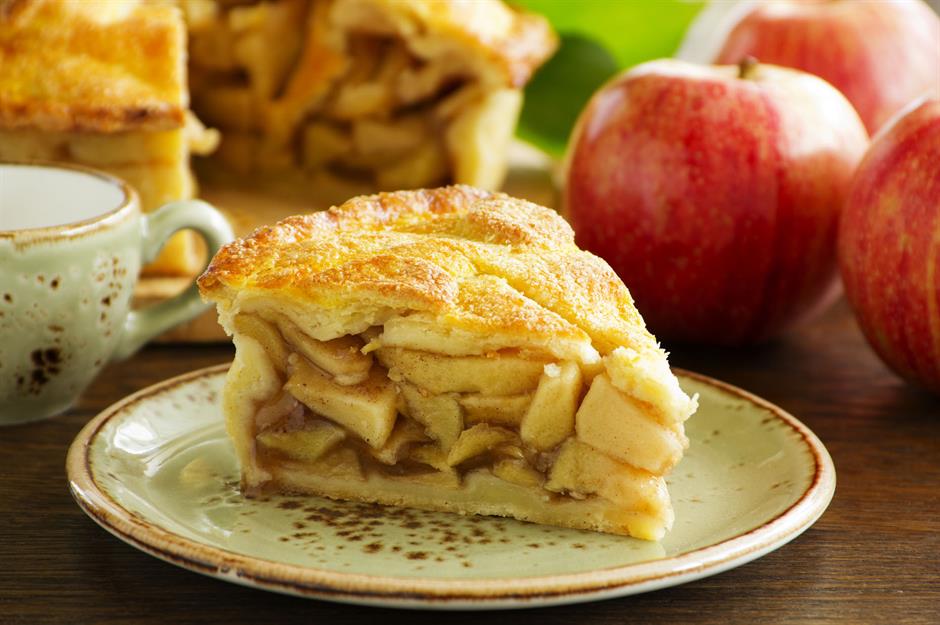
We’re all guilty of throwing out fruit from time to time – except for our grandmas, who are experts at avoiding food waste. Think: what would grandma do? Probably bake it into something exciting. When they're whipped into a golden pie or fluffy muffins, old apples (or berries, or bananas) will take on a new lease of life. Don't have enough to make a whole pie? You could always store scraps in the freezer until you have plenty.
35. Slice sprouting stems from garlic
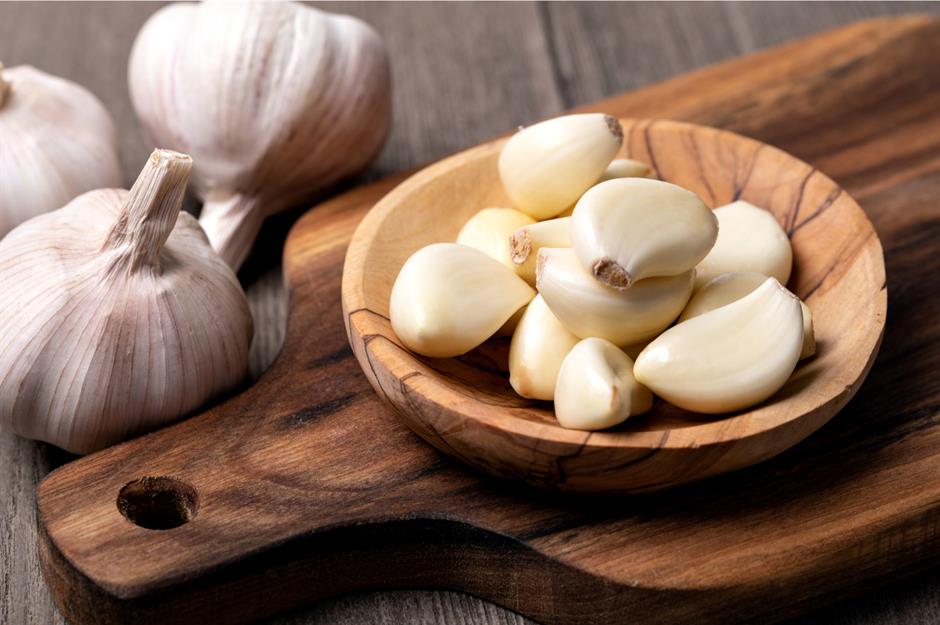
Another useful tip courtesy of our grandmas is removing green stems (a sign of sprouting) from garlic. If you’re eating it raw – in a salad dressing, for example – it will taste bitter. However, if you’re cooking it in a stew, you shouldn’t notice the difference.
34. Top dishes with crushed crisps
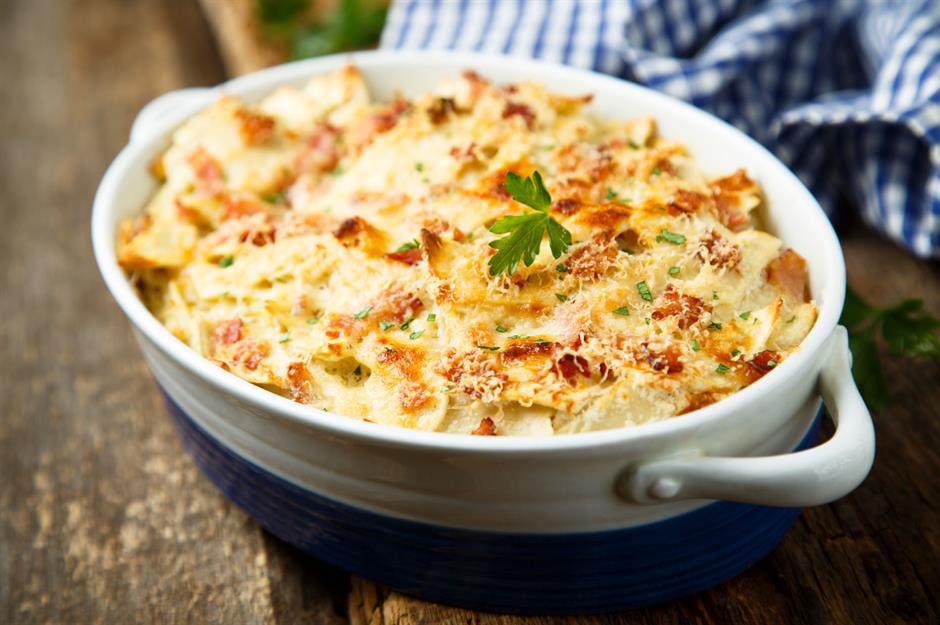
A homely, comforting dish like a fish pie, mac ’n’ cheese or a casserole isn’t complete without grandma’s finishing touch: a sprinkle of crushed crisps on top. This extra layer of crunch nearly always improves a dish – and it works with pretty much anything that contains cheese or potato, or that comes served in a casserole dish.
33. Test hot oil with a cube of bread

Old-school cooks know a clever way to test oil temperature without using a kitchen thermometer. The sweet spot for frying is 163-177°C (325-375°F), and a simple bread cube can tell you when you’re there. Drop a 2.5cm (1in) chunk of bread into the oil – if it turns golden in around 50 seconds to a minute, the oil is ready for frying. Alternatively, toss in a single popcorn kernel; if it pops, the oil’s hot enough.
32. Embrace instant mash
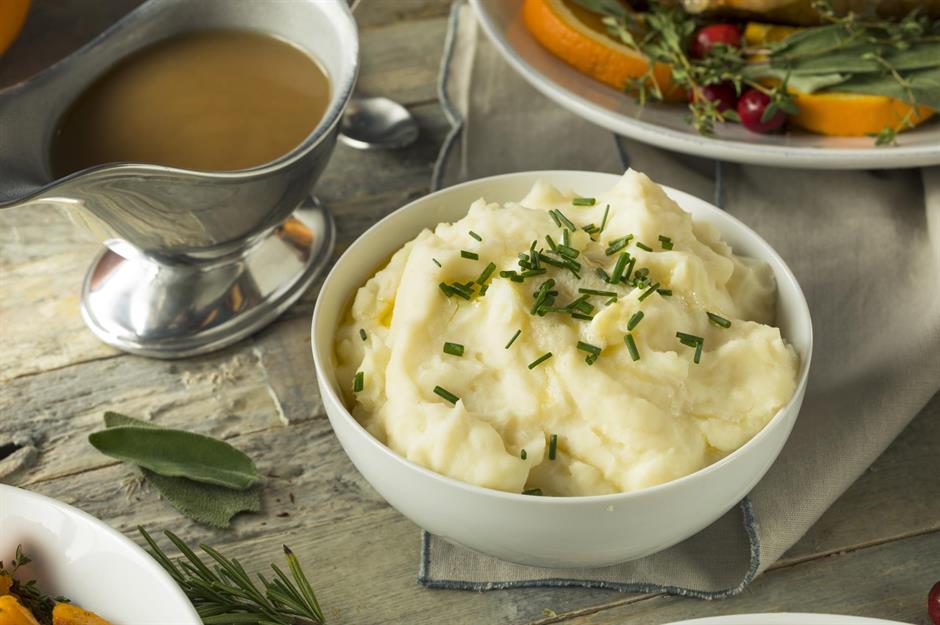
Instant mashed potatoes have a nostalgic appeal rooted in mid-century convenience cooking. Although it was originally invented in the 1900s, packet mash was wildly popular in the 1960s and 1970s, allowing cooks to simply mix water and milk into potato granules to achieve silky smooth, lump-free mashed potatoes. These days it’s mostly fallen out of favour, but don’t discount this retro ingredient entirely. While we might not use it in the same way as grandma, it has a myriad of functions, from thickening creamy sauces to bulking out fish cakes, and it can also be used as a coating for crispy chicken.
31. Add baking soda for easy-peel eggs
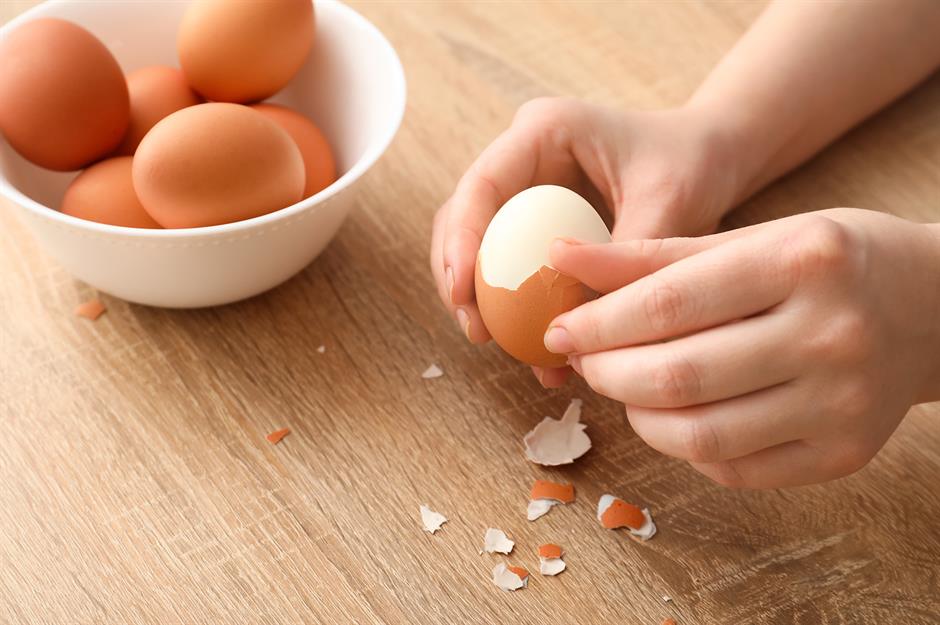
Peeling hard-boiled eggs without breaking them is notoriously tricky – shells cling, chunks of white tear away and your dreams of perfect-looking egg dishes crumble. Luckily, there’s a simple old-school trick you can use: add half a teaspoon of baking soda to the boiling water. This will loosen the membrane between the shell and the egg white, making peeling far smoother once your eggs are cooked. For the best results, always start your eggs in cold water, too.
30. Keep butter in a butter dish
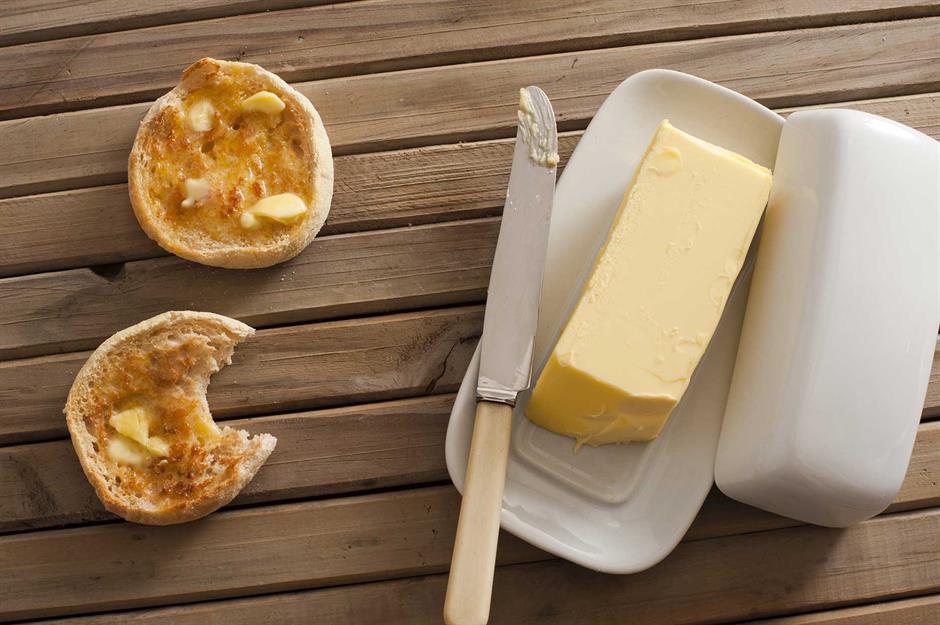
Sure, they might seem a little old-fashioned, but these petite dishes help to ensure your butter is always spreadable. Keeping butter at room temperature will mean it glides smoothly onto bread and other baked goods without any unwanted lumps and bumps. While it’s perfectly safe to store butter in a covered dish on a worktop for a few days, you also don’t want it to melt or go off, so make sure the dish is kept somewhere cool and out of direct sunlight (especially in hot weather).
29. Don’t ditch your stale bread
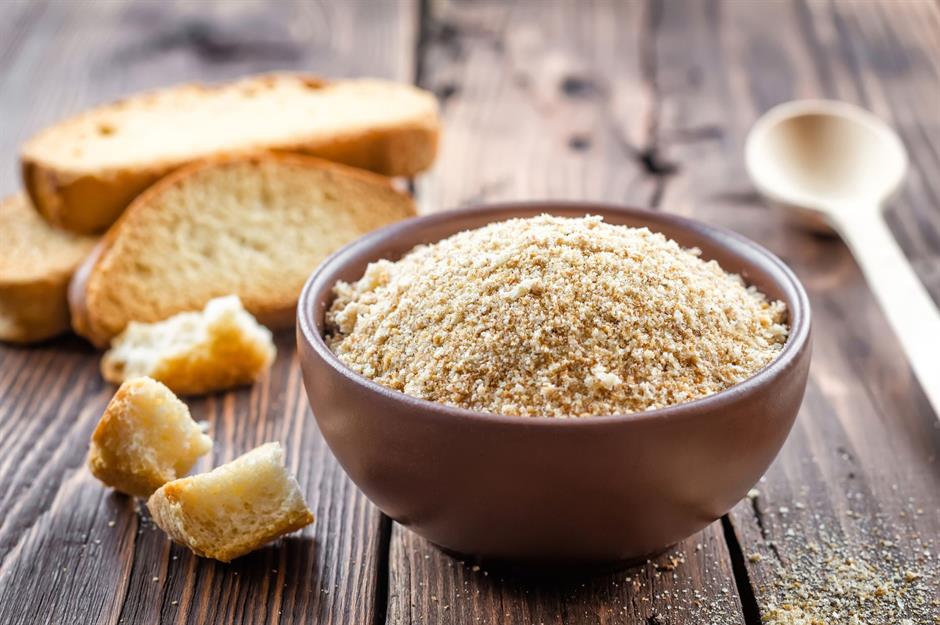
Next time you think about discarding your stale crusts and loaf ends, remember what granny would do. She’d use these crisped-up slices to make breadcrumbs for chicken and crunchy croutons for soup, or she might even whip up a quick bread pudding. If you spot mould growing on your bread, however, it’s best to throw it away.
28. Use sugar for caramelised roasted vegetables
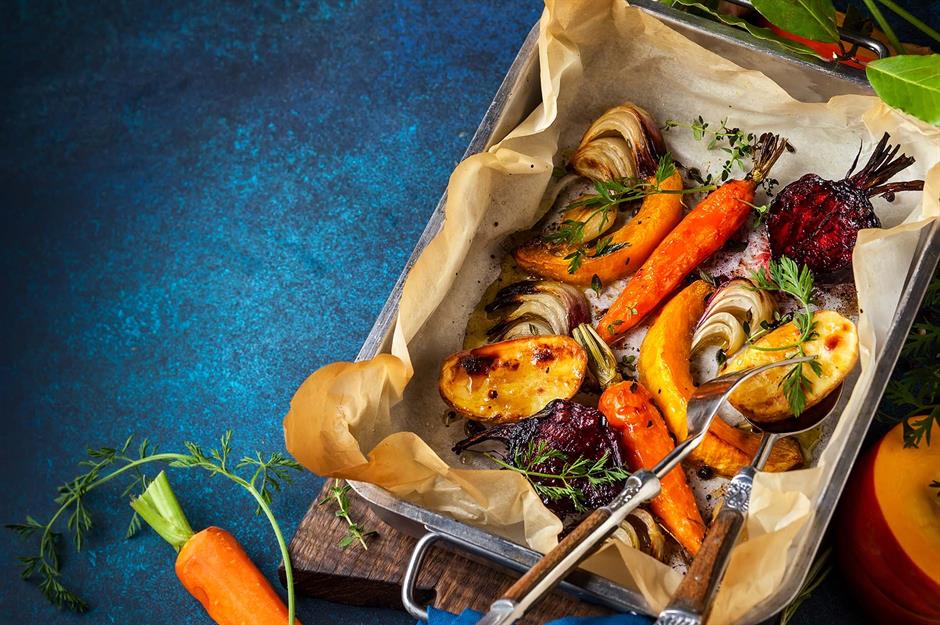
Grandmas know that adding a light sprinkle of sugar to vegetables before roasting can completely transform them. Though veggies already have natural sugars, adding a touch more boosts caramelisation, creating a golden crust and a deeper, richer flavour. You can experiment with different pairings, too – think sweet potatoes brushed with maple syrup or honey-glazed carrots. Just remember: less is more. If you're too heavy-handed, your savoury side dish might veer into candy territory.
27. Bake with room-temperature eggs

You might have ignored this piece of wisdom in the past, but it’s surprisingly important. Before you begin baking, make sure eggs and butter stored in the fridge have come up to room temperature. Just as warm butter is better to mix, room-temperature eggs blend into batter more easily, making for lighter, more consistent bakes.
26. Line cake tins to prevent sticking
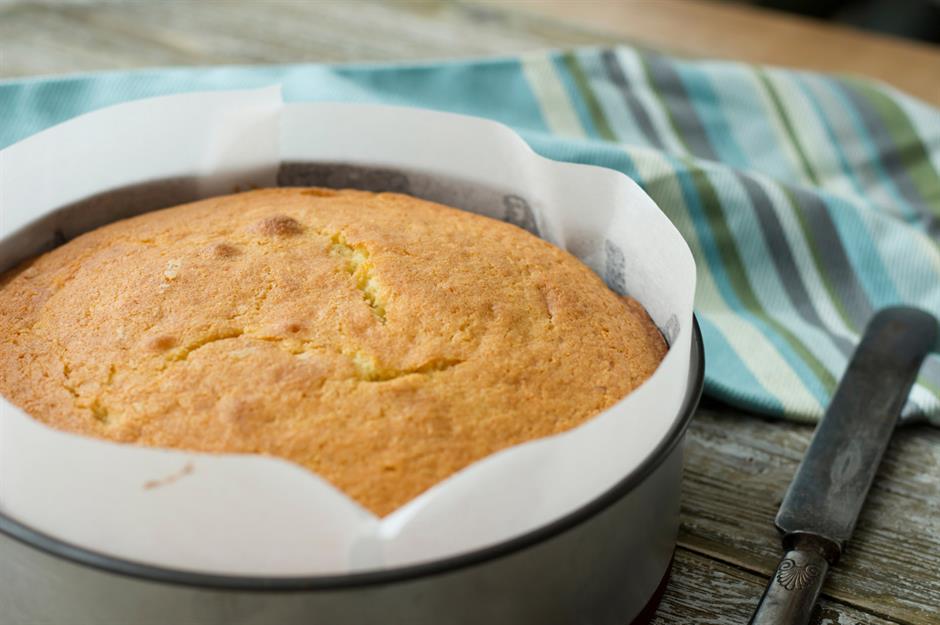
Do you remember your grandma using parchment paper to line cake tins before she started baking? While it may have seemed like needless fussing, it actually served a purpose. Firstly, it prevents the cake from sticking, so it's easier to get out of the tin. Secondly, lining the sides of the tin prevents the cake from becoming too dark.
25. Use buttermilk to brine fried chicken
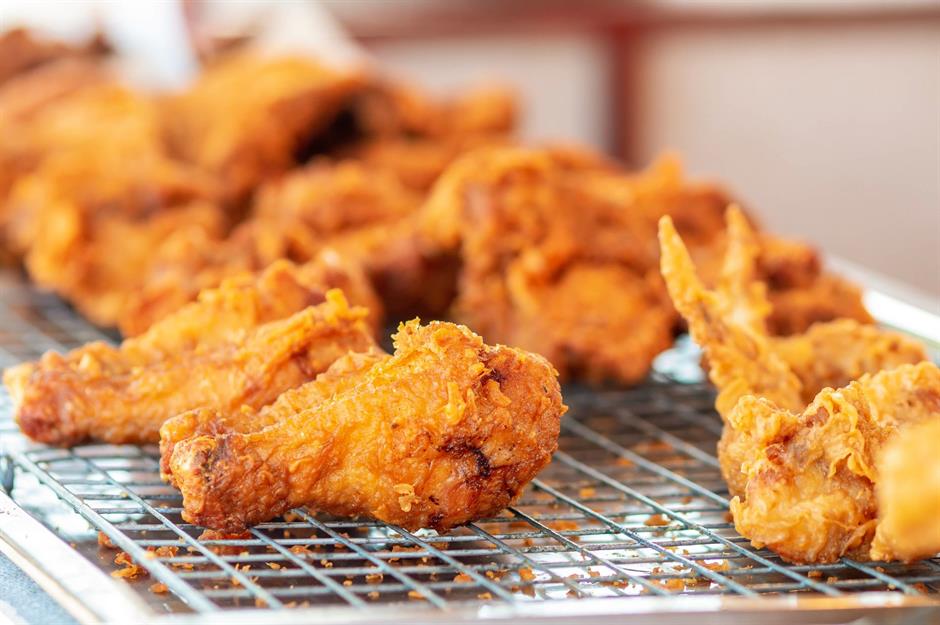
The key to deliciously crispy fried chicken is all in the batter. While there are many ways to achieve this, most grannies swear by soaking the meat in buttermilk overnight, then coating it in your favourite dredge seasoning (a mix of flour, cornflour, salt and pepper works well). This method will help to keep the chicken juicy on the inside and golden and crunchy on the outside.
24. Let cheesecake cool in the oven

Ever wondered how grandma’s baked cheesecake always looked so smooth and perfect? It’s almost guaranteed that she cooked it in a bain Marie (a tray of water) so that it baked evenly, then left it to cool slowly in the oven with the door ajar.
23. Melt chocolate over a pan of water
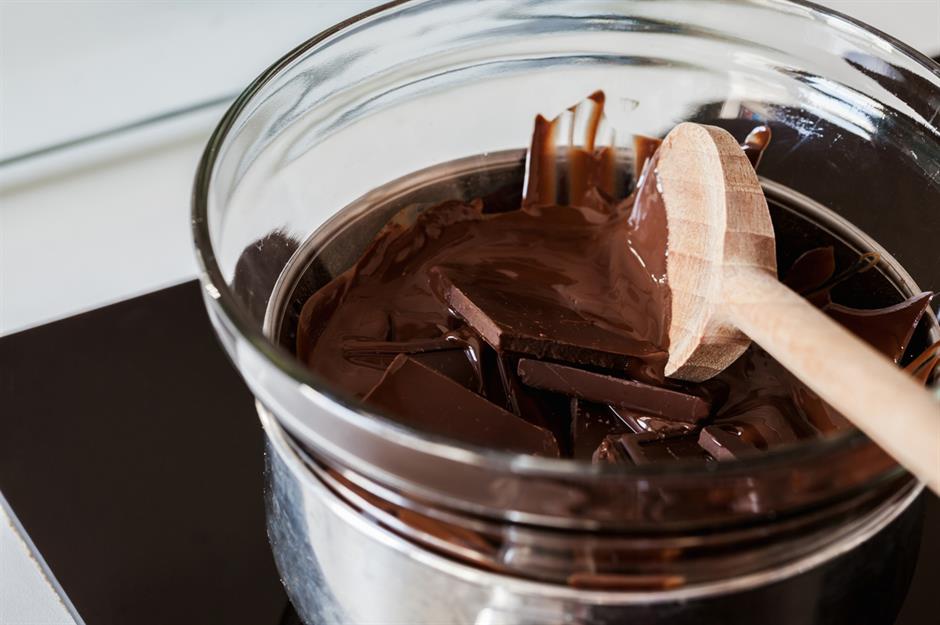
Melting chocolate can be tricky – but if we’ve learned one thing from our grans, it’s that patience is key. It’s tempting to blast it in the microwave, but this method often results in burnt chocolate. Instead, heat it slowly over a pan of simmering water, stirring it as you go, and remember to turn the hob off early as it will continue to melt over the residual heat. If it gets too hot (or if you rush the job), your delicious chocolate will go lumpy.
22. Keep food warm in the oven
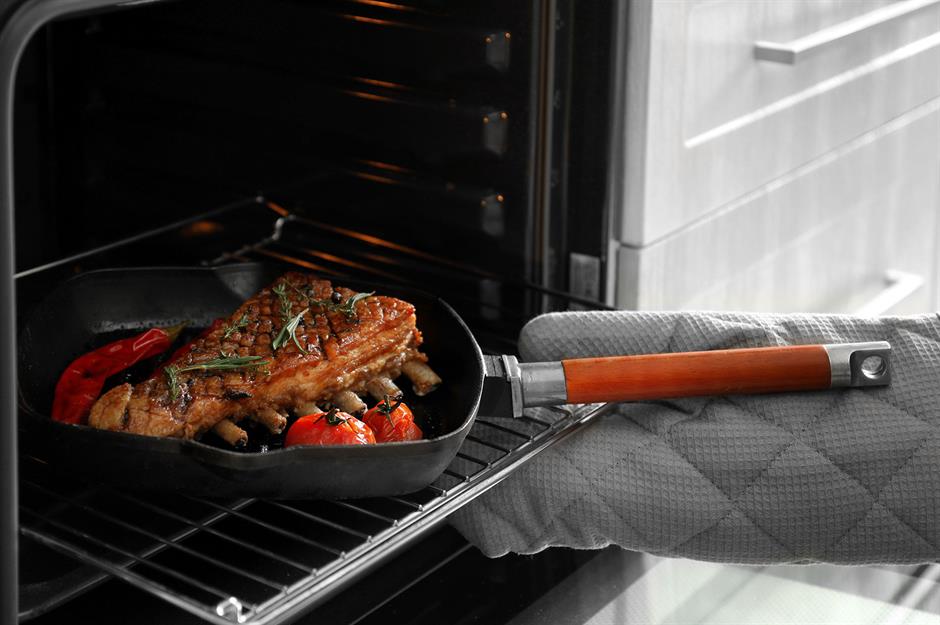
If you’re making several dishes, keep the ones that are ready in the oven until the rest are done. This way, the whole meal can be served hot – and you won't have to stress about timings. Just be sure that the oven temperature is set very low to prevent your food from continuing to cook.
21. Add bread to your sugar jar
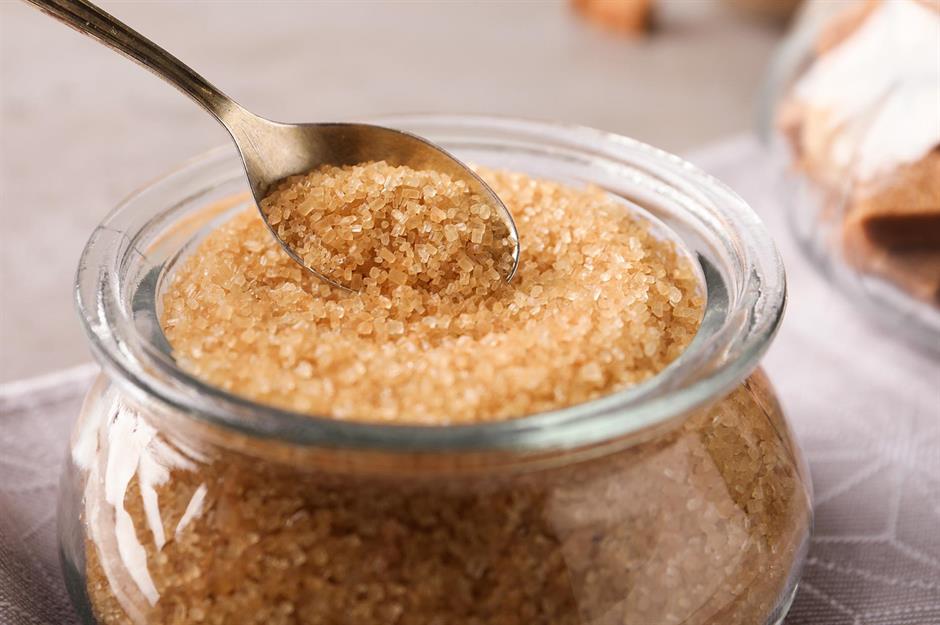
You might have wondered why grandma stored clumps of bread inside her sugar jar, but this is actually a foolproof method to stop it going clumpy and hard. Bread contains natural moisture – and when placed in a jar, it releases just enough humidity to prevent the sugar (especially brown sugar) from hardening. The bread won’t make the sugar wet or mouldy as sugar is a natural preservative, but it will maintain a subtle moisture balance, keeping the sugar granules loose and easy to scoop. Replace the bread every few weeks for the best results.
20. Start potatoes in cold water
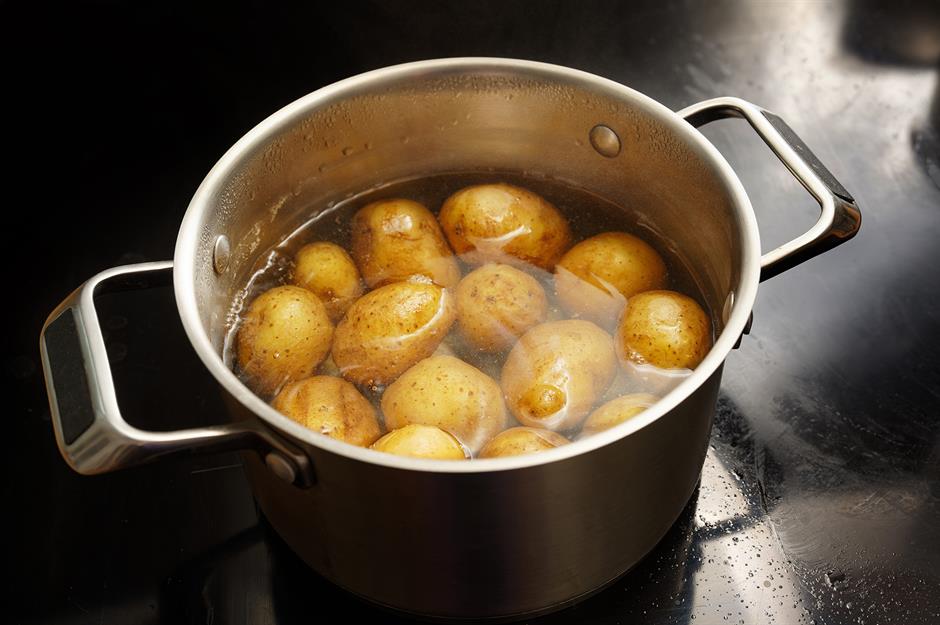
No matter how you want to prepare your potatoes – baked, roasted or mashed – take a leaf out of grandma's book and start out with cold, salted water. For baked potatoes, a quick dip before the oven creates irresistibly crisp skins while keeping the centres fluffy. Making roast potatoes? Soak the cut potatoes in a brine composed of salt and baking soda for 30-60 minutes, then dry them well for golden, tender results. To make the fluffiest mashed potatoes, start out by putting your potatoes in cold, salted water, then bring them to the boil; adding them to hot water first will make the starch gluey, ruining that cloudlike texture.
19. Grow your own herbs, tomatoes and chillies

Back in the day, growing your own fruit and vegetables was the ultimate money-saving hack. In tougher times, it was also a necessity. Make like your grandparents and have a go – it might not be cheaper, but we guarantee it will taste better than what you get in the supermarket. Begin with a plant you can keep on your windowsill, such as a tomato, chilli or basil plant.
18. Save chicken bones for stock
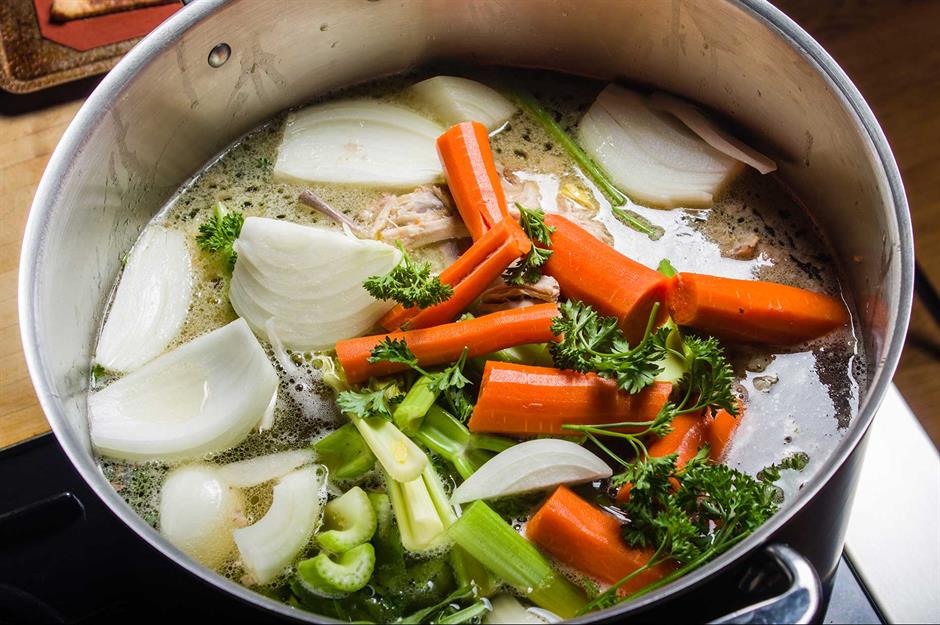
You know you’ve turned into your grandma when you start storing leftover chicken bones in the freezer to turn into stock later. They have far too much flavour and nutrients to go in the bin. Use them to make a base for soups, stews and curries, so you don’t have to use shop-bought stock cubes.
17. Keep records
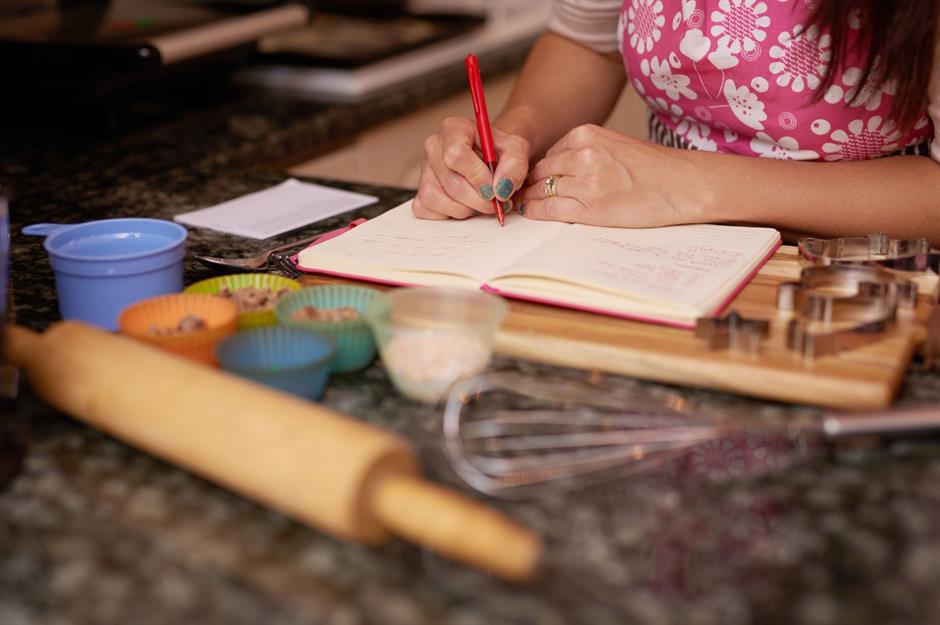
These days, you’re much more likely to look for a recipe online, but there’s something so special about finding a hand-written recipe card or note scribbled in the margins of an old cookery book. We’re all used to keeping notes digitally, but it pays to keep it old-school and have a notepad and pen handy to write down interesting ideas and recipes while you’re cooking. That way, you have something unique that can be handed down to future generations.
16. Make your own jams and chutneys
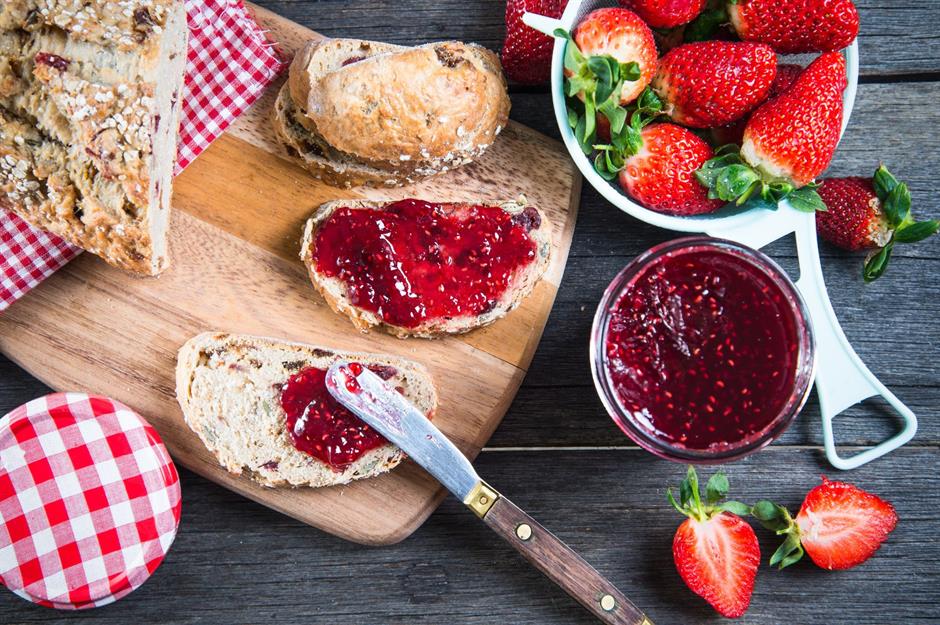
The best part about grandma’s cooking is that you always know what ingredients have gone in. Take inspiration, and make your own jams and chutneys instead of buying them from a shop; it's also a great way of using up a seasonal glut of any berries, fruit or vegetables you might have. They'll taste far better – and they'd make wonderful gifts for friends and family, too.
15. Add more of what you need
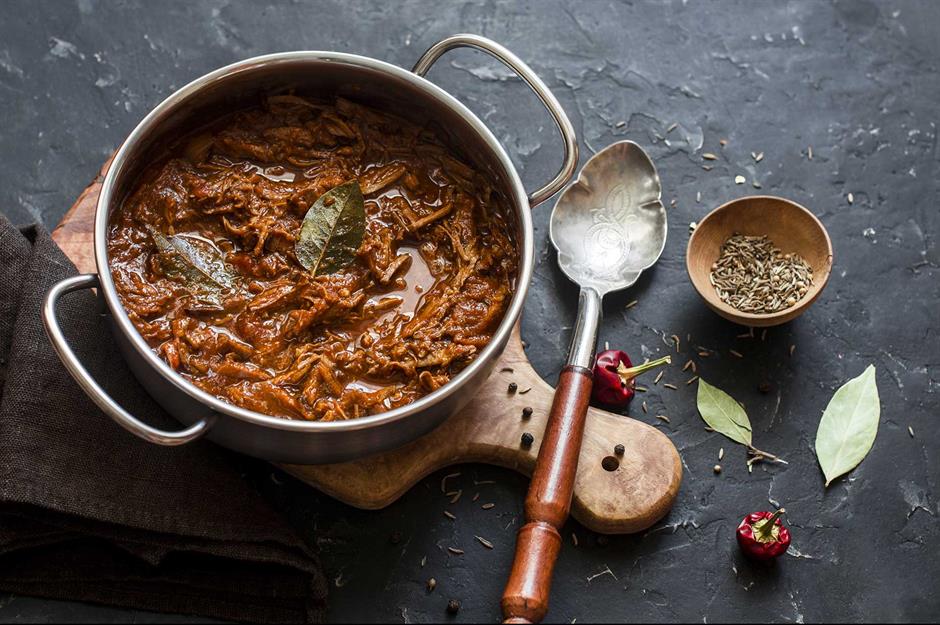
'Just a touch more' is a phrase that's often heard at home, and it's a useful tip when making informal meals. Let go of the need to always follow a recipe; instead, taste as you go. Add a little more salt, a little more stock, a little more water – whatever you feel the dish needs. It'll soon become second nature.
14. Weigh your eggs for the perfect sponge
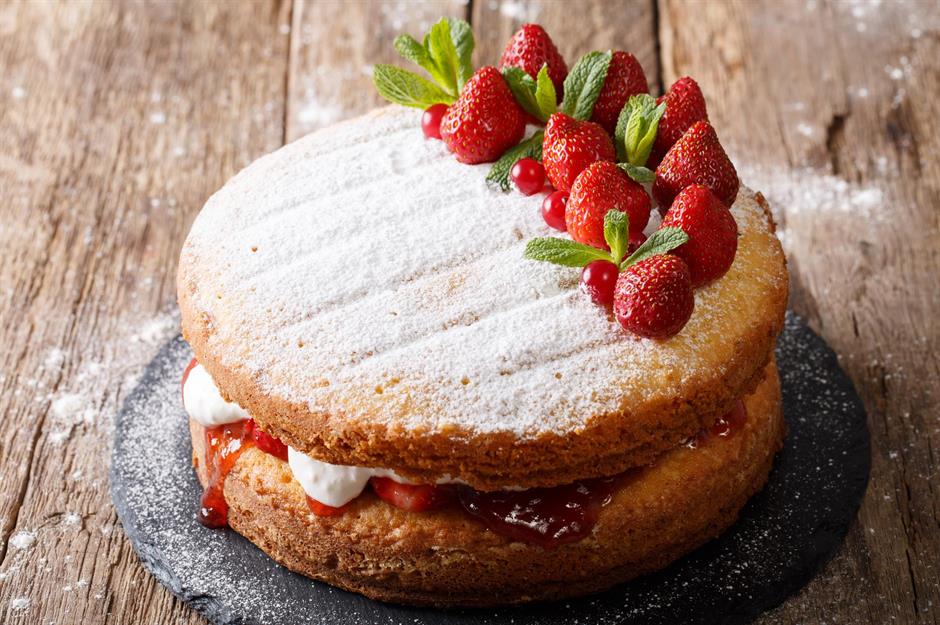
British grandmas have a foolproof technique for ensuring their Victoria sponge cakes – traditional English bakes that are known for their light, airy texture – are delicious every time. For perfect results, simply weigh your eggs before you crack them, then use the same weight of flour, butter and sugar for your cake. At the end, you’ll have a perfectly light and moist sponge cake to decorate as you like.
13. Roll lemons before squeezing
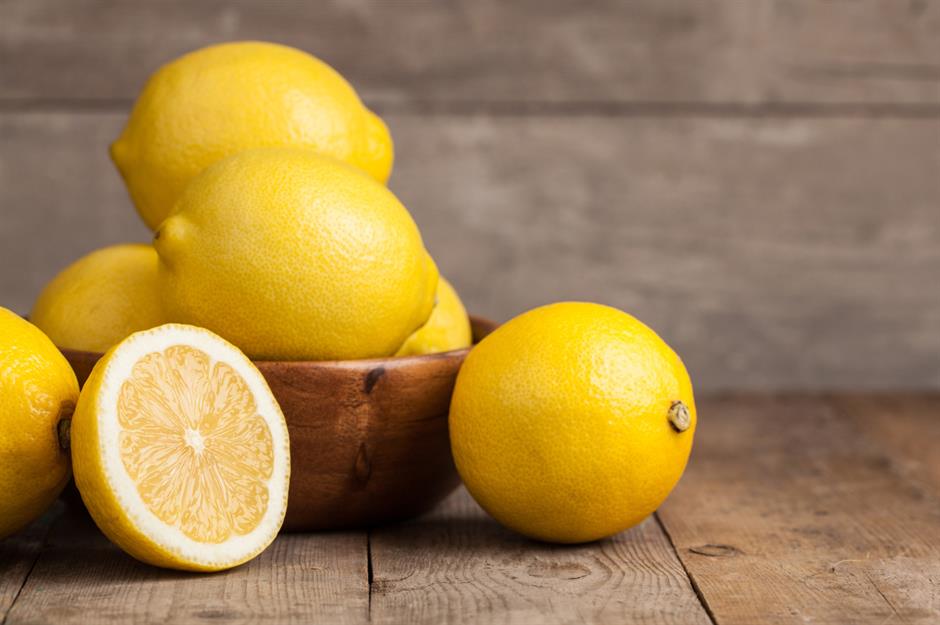
You may have witnessed your grandma elegantly rolling a lemon, lime, grapefruit or orange underneath her palm before juicing it, and there’s a nifty reason she did this. Rolling citrus fruits on a hard surface breaks down the cells on the inside – so when you cut them, you can squeeze out more juice.
12. Get some colour on meat
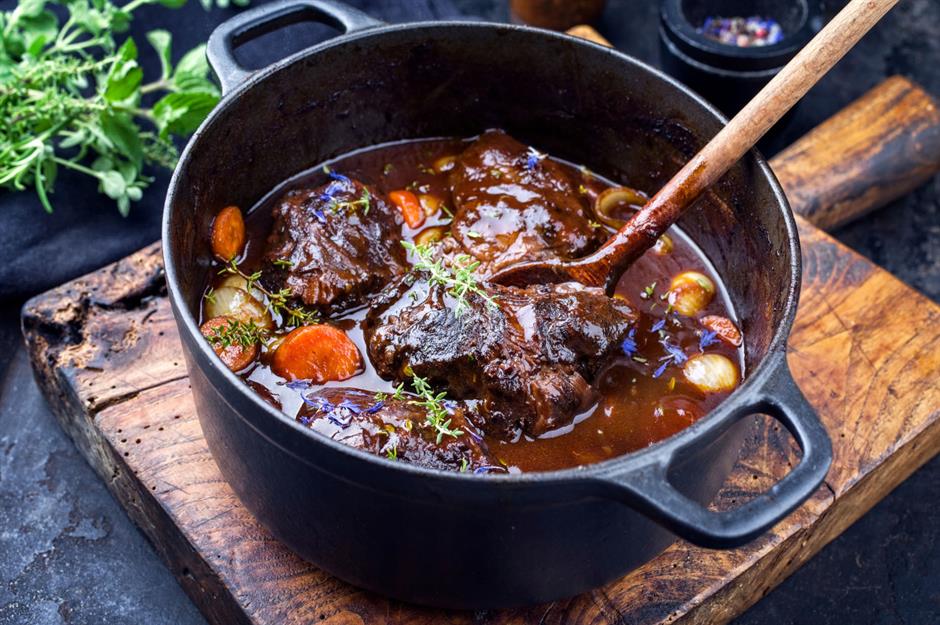
Slow-cooked meals are grandma’s speciality. They always have the best flavour, and that’s because she browns the meat first. Do so in batches (or make sure there’s lots of space in the pan) before adding your other ingredients and turning the heat low. If you’re using a modern slow cooker, it may have a browning function built in.
11. Add vegetables towards the end of a stew
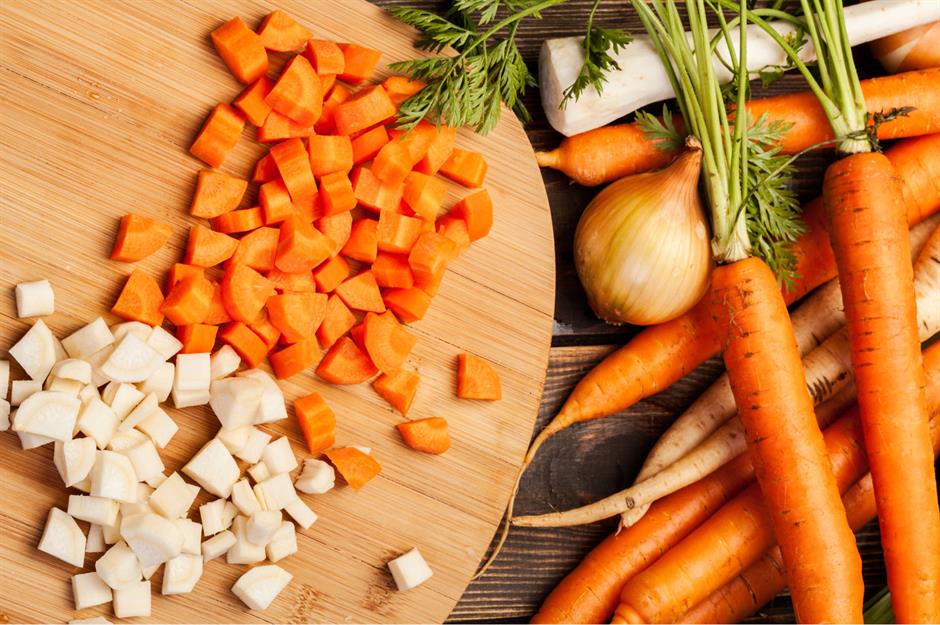
Have you ever had a soggy stew? It’s not the worst, but ideally your vegetables should still keep their shape. As carrots, potatoes, peas and pumpkin all take less time to cook than meat, add them towards the end to prevent overcooking. Around half an hour should be sufficient to soften them but still leave them with some bite.
10. Sift air into cakes
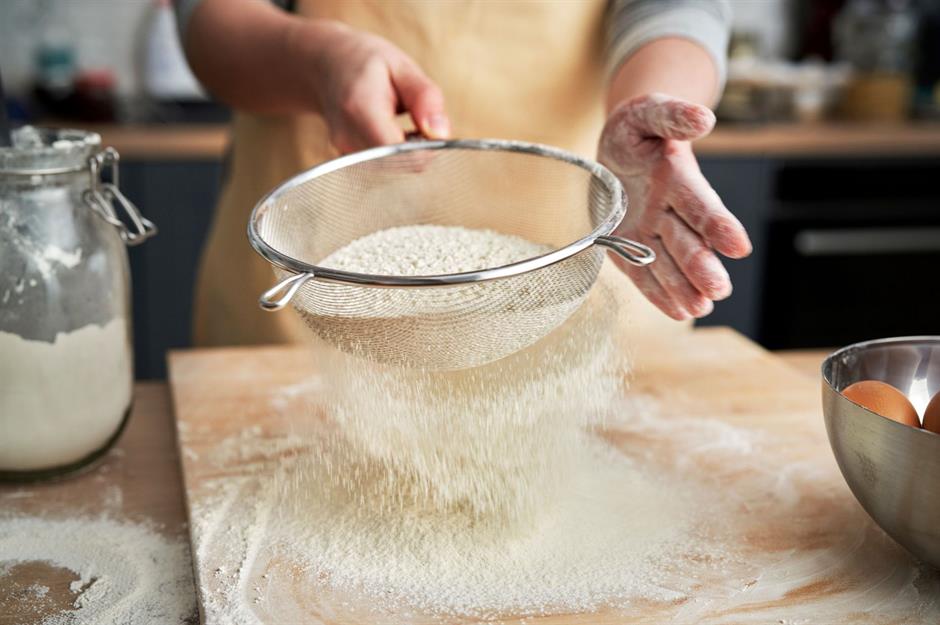
Did your grandma ever task you with sifting the dry ingredients or folding the cake mix when you were growing up? There’s a good reason she taught you young: these steps are essential for incorporating air into cakes, making them light and dreamy. Sifting is also essential for removing any clumps in your dry ingredients.
9. Thicken sauces with cornflour
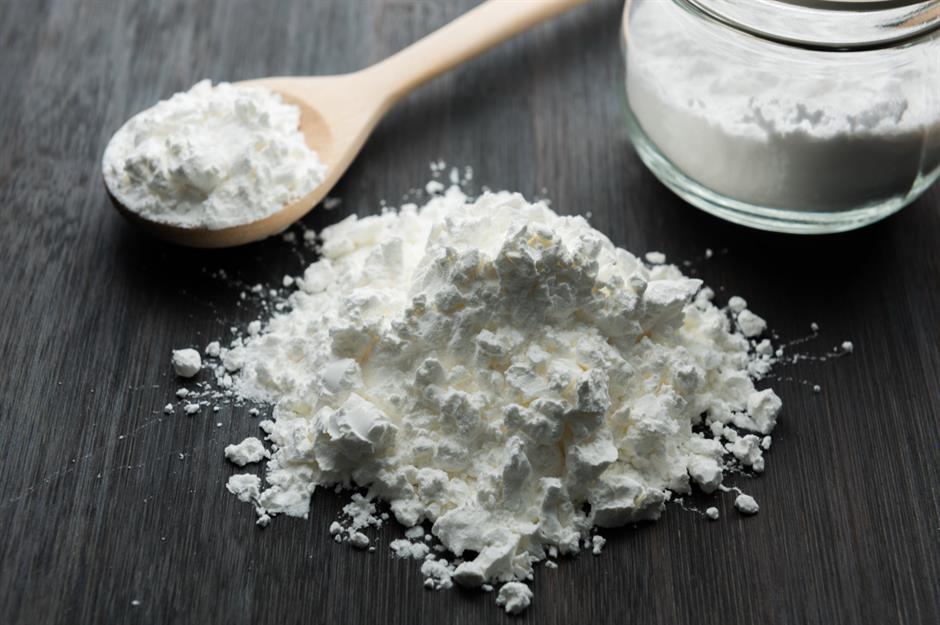
There’s nothing worse than a curry sauce that’s too thin, or a gravy that’s too watery. But there’s no need to despair; grandma would fix this with a spoon of cornflour. It’s a great way to thicken both sweet and savoury sauces. Just remember to mix the cornflour with cold water first, otherwise the dish will go lumpy.
8. Skim fat off the top
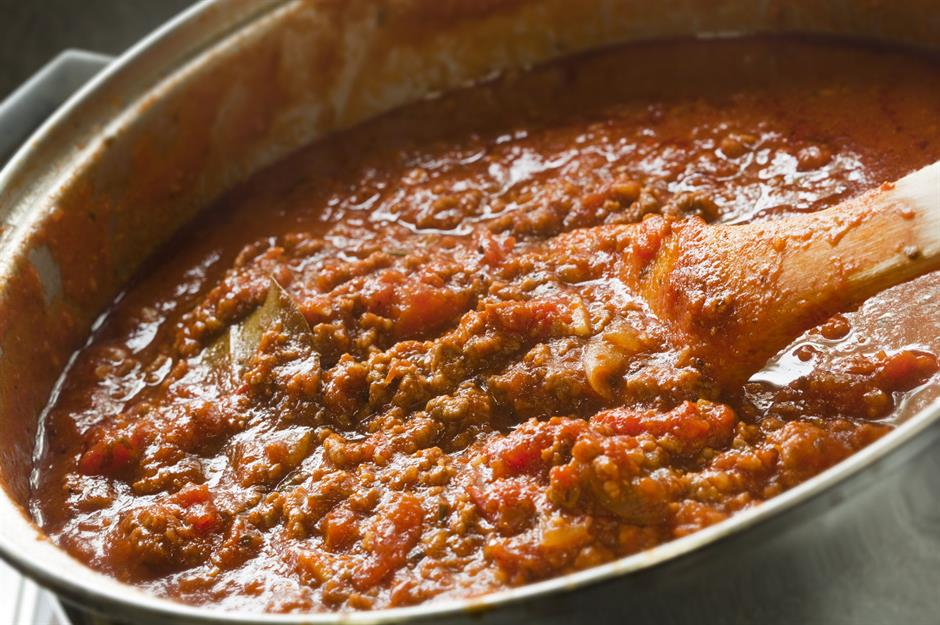
If you have a large slick of oil on the surface of your finished dish, there are a few things you can do. Option one is to let the dish cool, then skim the oil off with a spoon once it's turned hard. You could also blot it off with a few pieces of kitchen paper. Alternatively, prevent it from happening at all by trimming some of the fat from your meat before you start cooking.
7. Dry chicken to help it brown
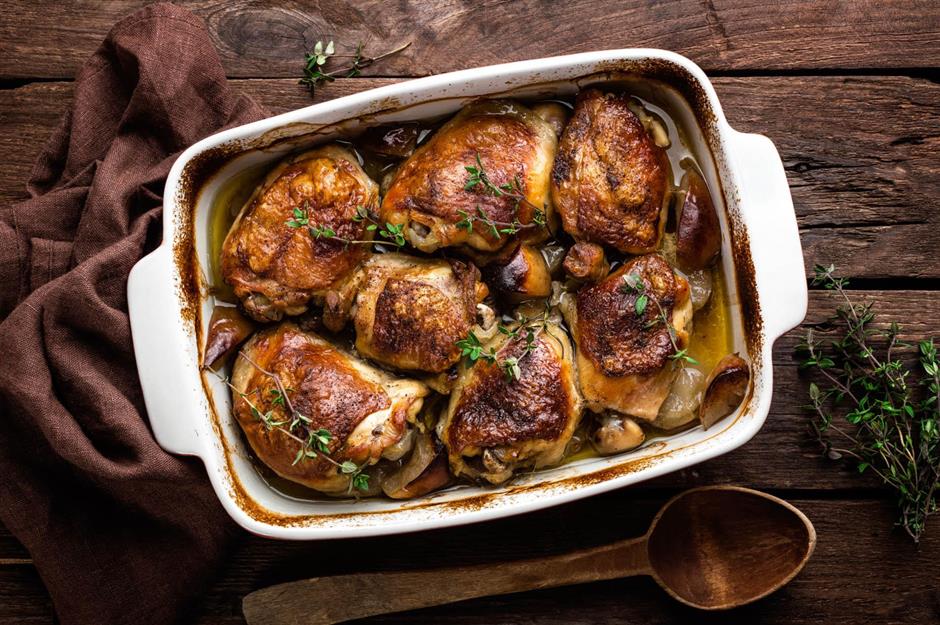
Ever seen your gran patting chicken dry with kitchen paper? It might seem like a strange thing to do, but this is a vital step that removes excess moisture on the skin – allowing it to brown and crisp up, rather than steam. Simply blot the raw chicken with kitchen paper until it’s nice and dry, then cook it as normal.
6. Invest in a cast-iron pan
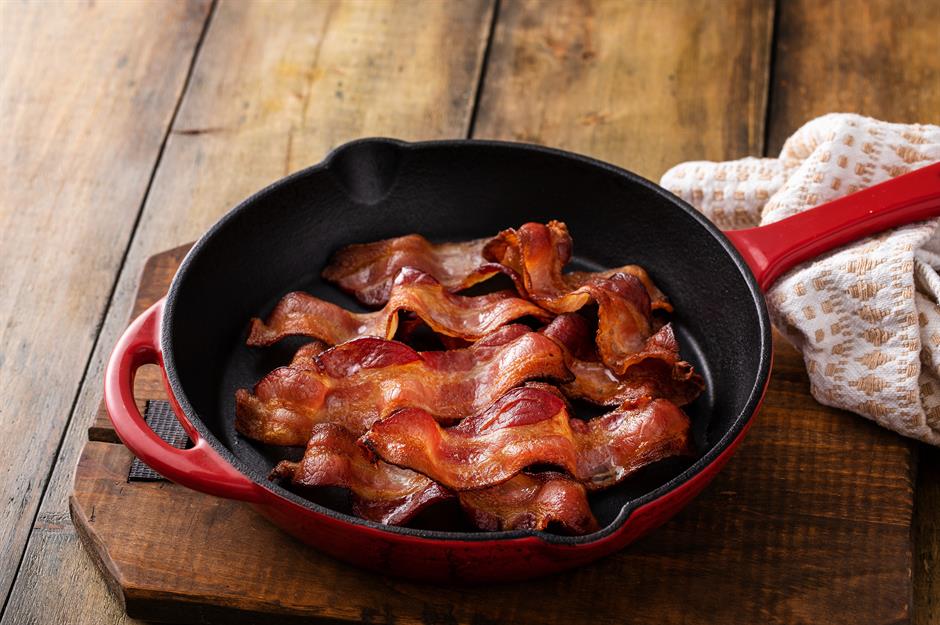
These days, the go-to cooking pan for most of us will be a non-stick one, but our grandmas valued the tradition of cast iron, often passing down well-loved heirlooms through generations. These pans are incredibly durable and versatile, and they retain heat exceptionally well, which makes for even cooking and rich flavours. Cast-iron pans are also naturally non-stick (when seasoned properly), and they can transition from hob to oven, making them perfect for a whole range of dishes.
5. Use juices from meat to make gravy
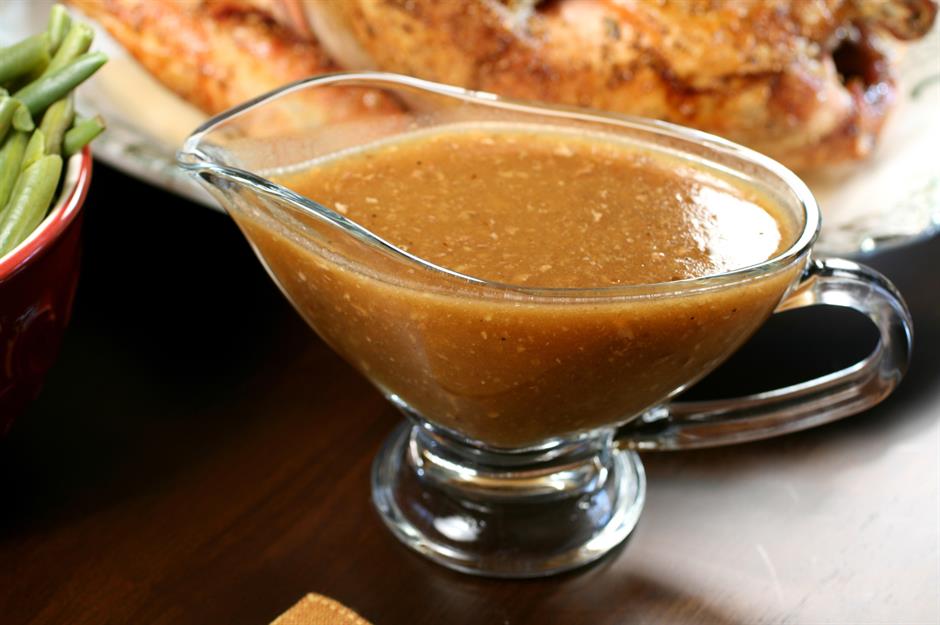
You wouldn’t have found your grandma crumbling up a stock cube or whisking gravy granules back in her day. If you deglaze your pots and pans, save your meat juices and keep hold of the water you've cooked your vegetables in, you'll have all the flavour you need. Plus, it's more cost effective – and it'll taste much better than anything you’ll get in a packet.
4. Serve food on hot plates
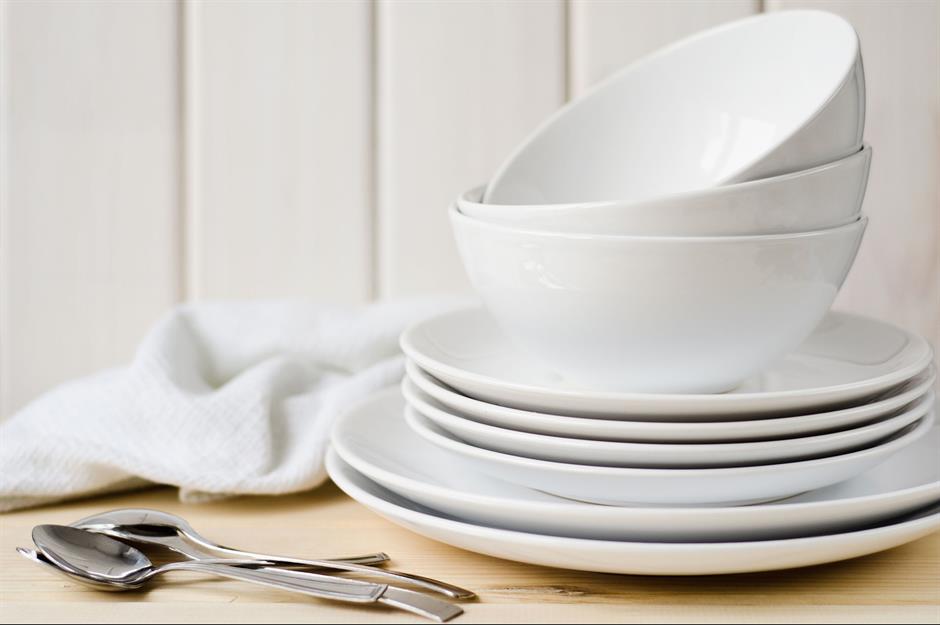
Another way to ensure your food stays piping hot until it reaches the table is to warm your plates before serving. You can do this by putting them in a warm oven for 10 minutes, or placing them in a sink of very hot water for a few minutes (the latter is best for delicate plates that can’t go in the oven). Just make sure you keep the oven temperature low to prevent your plates from becoming too hot to handle.
3. What grows together, goes together
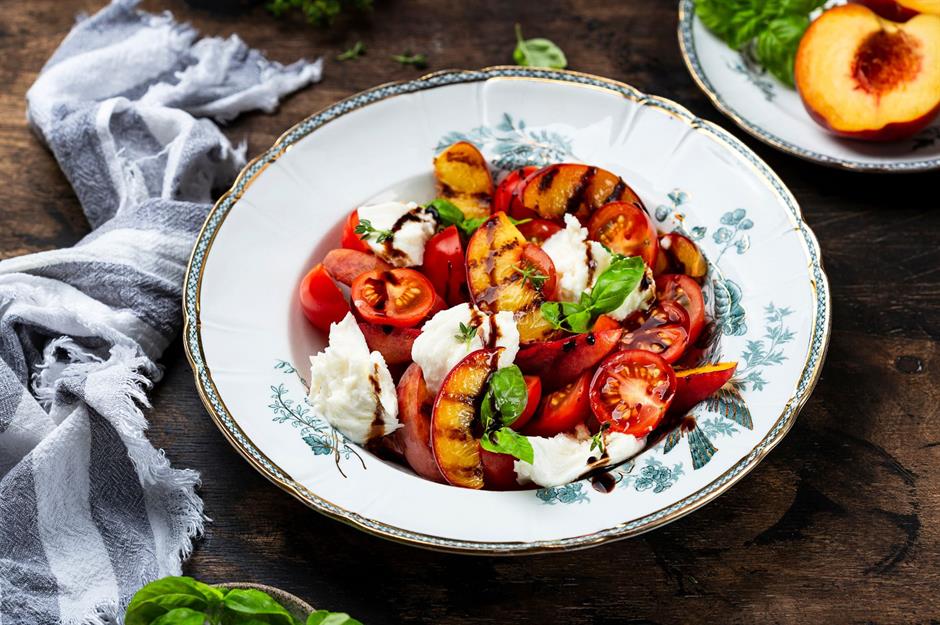
This old adage really holds true: seasonal ingredients that ripen at the same time tend to taste great together. Think fresh peaches and ripe tomatoes in the summer, or fresh asparagus and new potatoes in the spring. It’s a simple idea, but our grandparents instinctively knew the benefits of seasonal eating.
2. Save your fat
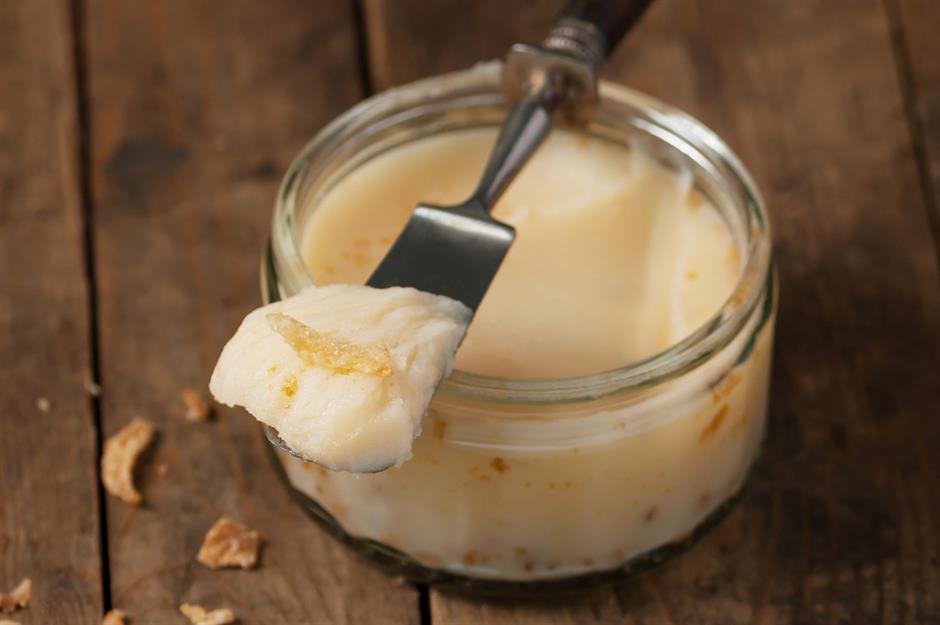
It’s tempting to throw away the fat that renders from bacon, pork or duck when cooking, but don’t – this precious liquid is a veritable flavour bomb. Back in the day, this fat or dripping was served as a spread; in fact, in the UK, ‘bread and dripping’ was considered a real treat after a traditional Sunday roast. It's amazing for adding an extra savoury hit to roast potatoes, or to fry pretty much anything. Don’t be afraid to spread it on toast, either. Store meat dripping in a covered container – it'll last in the fridge for about a week, and in the freezer for about six months.
1. Make more than you need

If you’re going to cook a roast or make a braised dish, granny would always suggest choosing a large cut of meat. Firstly, it’s better to have a bit too much than too little, as you can’t quickly make more if people want second servings. And, if you have leftovers, you can (and should) use them in sandwiches, risottos, pasta dishes and more. A roast chicken could provide enough for lunch the next day – and, of course, you can save the bones for stock.
Now discover 29 freezer staples you should never be without
Last updated by Jessica Morris.
Comments
Be the first to comment
Do you want to comment on this article? You need to be signed in for this feature